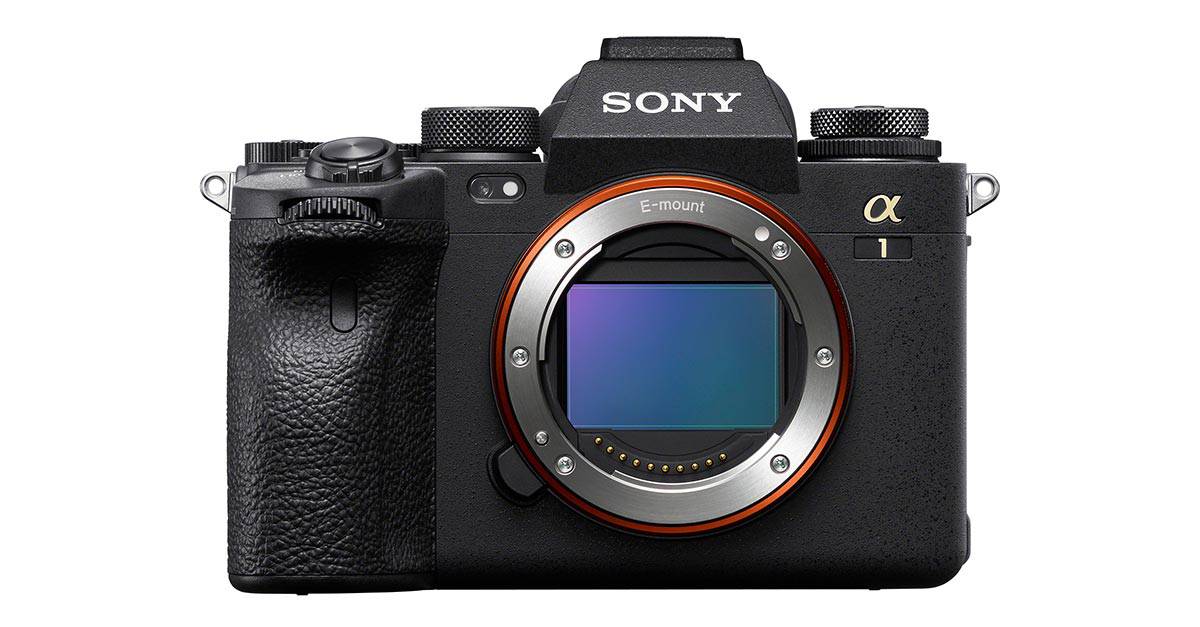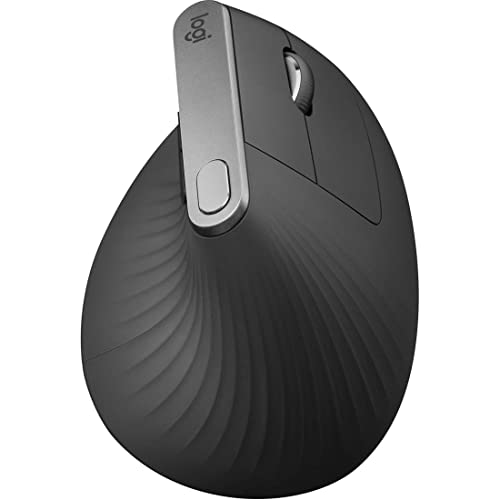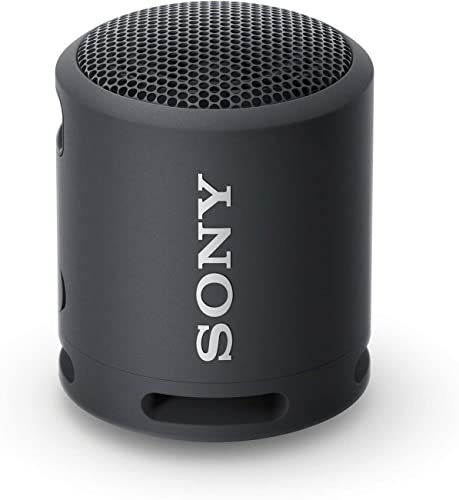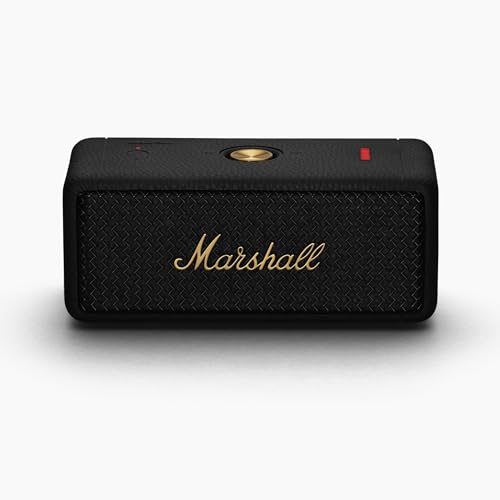Mirrorless cameras are digital cameras without the reflex mirror system found in DSLRs. They rely on electronic viewfinders or camera displays for image composition.
What Are Mirrorless Cameras? Mirrorless cameras, a revolutionary category in photography, merge portability with powerful features. Different from their traditional DSLR counterparts, they ditch the bulky mirror box and optical viewfinder. This innovation translates into a more compact design, making them ideal for travel and on-the-go shooting.
Despite their size, they pack a punch with high image quality, fast performance, and versatile lens interchangeability. Professional photographers and enthusiasts alike are turning to mirrorless technology for its cutting-edge advancements in video and still photography. With continuous improvements in autofocus and shooting speeds, mirrorless cameras have become the go-to choice for capturing life’s moments with clarity and precision.
Evolution Of Cameras
The journey of photography is rich and full of changes. Cameras have evolved from large, bulky equipment to compact devices we carry in our pockets. This evolution marks a significant transformation. Key stages include the film era, the digital revelation, and the latest leap to mirrorless technology. These changes have made photography more accessible and versatile for everyone.
From Film To Digital
Photography began with film cameras. They used rolls of film to capture images. These rolls then went to dark rooms for development. It was a magical but complex process. Photo outcomes remained a mystery until developed. The shift from film to digital cameras was revolutionary. This change introduced sensors to capture images electronically. It brought instant gratification as photographers could immediately see their pictures. Memory cards replaced film rolls. This marked a significant leap in camera technology.
- Bulky cameras to slim designs
- Darkroom processing to on-screen previews
- Film costs to memory cards
Introduction Of Mirrorless Cameras
The introduction of mirrorless cameras was a game-changer. Mirrorless cameras do not use a reflex mirror. This is a key part of traditional DSLR cameras. Removing the mirror allowed for a more compact design. It also increased the speed of the cameras. They offer faster autofocus and silent shooting modes.
- Compact size for easy handling
- Faster autofocus speeds
- Quiet operation without mirror flip noise
Mirrorless cameras blend the image quality of DSLRs and the convenience of smartphones. This makes them perfect for both professionals and hobbyists. The camera industry continues to innovate. With each advancement, mirrorless cameras further solidified their place in the future of photography.
Traditional Vs. Mirrorless Cameras
In the world of photography, traditional DSLRs and mirrorless cameras stir a debate. Each has unique features appealing to different photographers. Let’s dive into the core differences.
Differences In Design
The design of a camera is critical for ease of use. Traditional DSLRs have a bulkier build due to their internal mirror mechanism. This reflects light into the viewfinder. Mirrorless cameras eliminate the mirror, resulting in a more compact and lighter body. Photographers often favor them for travel and everyday use.
Size and weight greatly influence a photographer’s choice. Mirrorless options offer sleek designs without compromising on quality.
Mechanism: Mirror Vs. Mirrorless
| Feature | DSLR | Mirrorless |
|---|---|---|
| Viewfinder | Optical | Electronic |
| Autofocus Speed | Fast with phase detection | Varies, improving with technology |
| Size & Weight | Larger and heavier | Smaller and lighter |
| Battery Life | Longer due to minimal screen use | Shorter, use screen or EVF |
The mirror in a traditional camera reflects light from the lens into an optical viewfinder. In a mirrorless camera, light passes directly onto the image sensor. The sensor displays a preview on the screen or electronic viewfinder (EVF).
- DSLRs use mirrors to guide light, giving a real-time optical view.
- Mirrorless cameras rely on digital displays, removing mirror bulk.
Understanding these distinctions helps in choosing between traditional and mirrorless cameras. Each type caters to different photography styles and needs.
Advantages Of Mirrorless Cameras
The rise of mirrorless cameras brings new benefits to photographers. Traditional DSLRs hold their ground, yet mirrorless models lead with powerful advantages.
Compact And Lightweight
Mirrorless cameras shed bulk with their design. Compared to DSLRs, they lack a mirror mechanism. This reduction means more portability and less fatigue during long shoots. Users enjoy easier travel and on-the-go photography without compromising on image quality.
- Smaller body size
- Lighter than most DSLRs
- Ideal for travel and everyday use
Electronic Viewfinder And Live Preview
An electronic viewfinder, or EVF, offers real-time image preview. Photographers see exposure, white balance, and depth of field before taking the shot. This live feedback means immediate adjustments and better end results.
| Feature | Benefit |
|---|---|
| Real-time exposure | Perfect shots in varying lights |
| Instant white balance | Accurate colors in images |
Advanced Autofocus Systems
Mirrorless cameras boast fast and accurate autofocus. Phase detection and contrast detection work together for crisp images. Even in action shots, these cameras keep up, capturing moments with precision.
- Swift focuses on moving subjects
- Sharp images in various conditions
- Enhanced video autofocus performance
Limitations Of Mirrorless Cameras
Mirrorless cameras bring a host of innovative features to the photography world. Yet, like any technology, they come with their challenges. Exploring these challenges helps photographers make informed choices. Let’s delve into some areas where mirrorless cameras might fall short.
Battery Life And Heating Issues
One common concern for mirrorless camera users is the shorter battery life compared to DSLRs. This issue arises because mirrorless cameras rely heavily on electronic viewfinders (EVFs) and LCD screens, which drain the battery faster. Additionally, extended use, especially in 4K video recording, can lead to overheating problems, causing the camera to shut down temporarily to cool off. This can be a significant limitation for users needing consistent, prolonged use.
Native Lens Availability
Another limitation is the range of native lenses available for mirrorless systems. Although manufacturers are rapidly expanding their lens collections, the variety still can’t match those for DSLRs. This shortage can be particularly felt by professionals in need of specialized lenses. While adapters exist to use DSLR lenses on mirrorless bodies, they can sometimes compromise autofocus speed and overall performance.
An example of presenting information in a table| Limitation | Impact |
|---|---|
| Battery Life | Need for frequent recharging or backup batteries |
| Heating | Shuts down during long video shoots |
| Lens Availability | Limited options for specific photography needs |
Adoption By Professional Photographers
Mirrorless cameras have become a favorite tool for many professionals. These cameras offer high-quality photos while being lighter than traditional DSLRs. They have various features that professionals love. This includes high-resolution electronic viewfinders, rapid shooting speeds, and excellent video capabilities. Let’s dive into how mirrorless cameras are reshaping professional photography.
Rise In Professional Usage
More and more pros are switching to mirrorless cameras. They value the lightweight design and advanced technology. Let’s look at a few reasons for their growing popularity:
- Size and Weight: Easier to carry around.
- Speed: Faster autofocus and more frames per second.
- Quiet Operation: Less noise during shoots.
- Technology: Cutting-edge features and frequent updates.
Top brands have also started to cater to pros. They offer high-end mirrorless cameras. These are suitable for different photography fields.
Challenges Faced
Despite their advantages, professionals face challenges with mirrorless cameras. Some of the issues include:
- Battery Life: Generally shorter than DSLRs.
- Lens Availability: This can be limited depending on the brand.
- Handling: Different ergonomics from what they’re used to.
Manufacturers are working hard to overcome these challenges. They provide better batteries and a wider range of lenses.
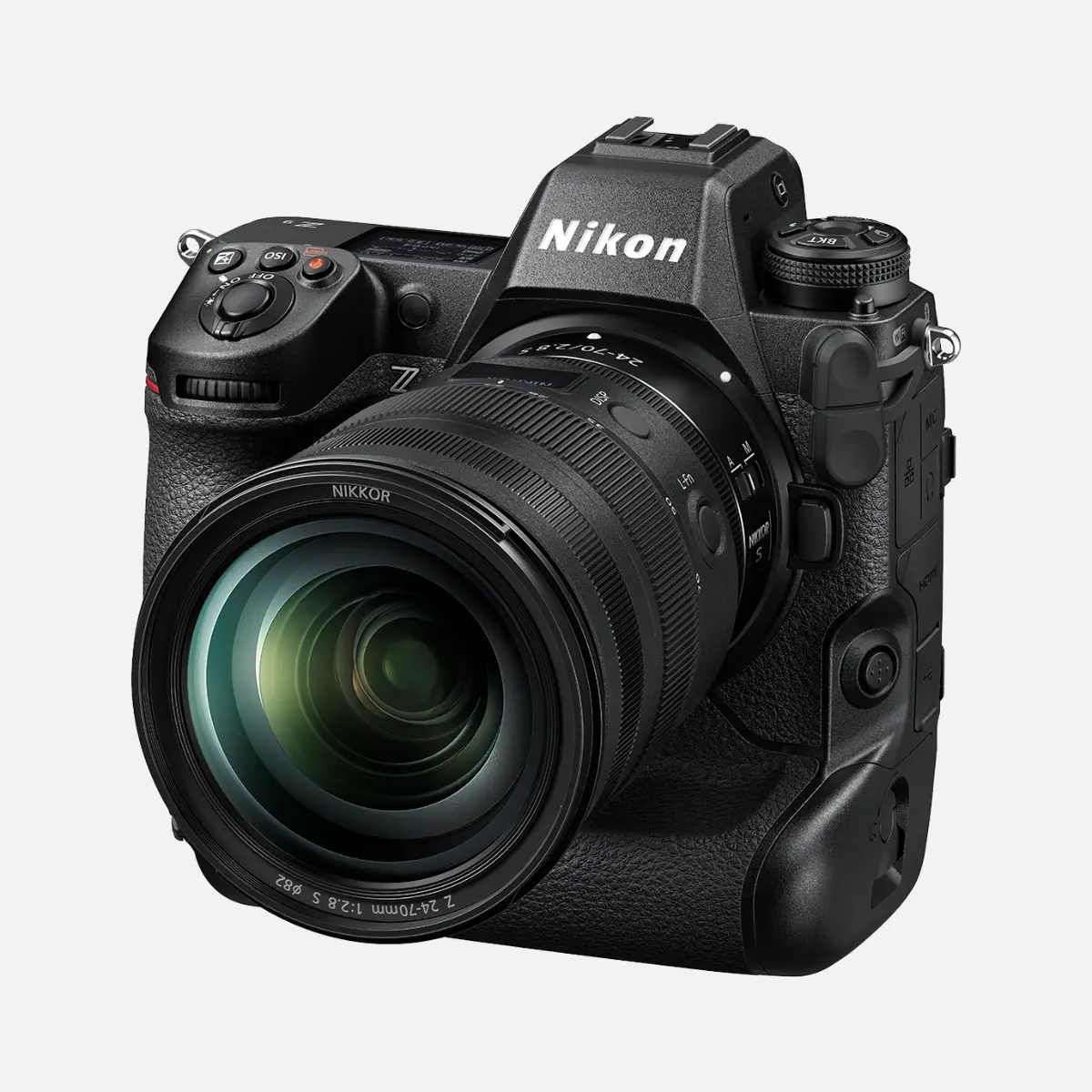
Credit: www.gavinjowitt.com
Future Of Mirrorless Cameras
Imagine a camera that captures life as we see it. That is the promise of mirrorless cameras. They are the future. Now, let us look at what the future holds.
Technological Innovations
The world of mirrorless cameras is buzzing. We see advancements that change photography. Expect features that make shooting photos simpler and more fun. Cameras will be smarter. They will have better sensors. Autofocus speeds will amaze us. Battery life will improve.
- Artificial Intelligence will redefine photography. Cameras will understand scenes.
- 5G connectivity will let photographers upload in an instant.
- Enhanced image processors will deliver photos that look real.
Market Trends
Mirrorless camera sales are soaring. Professionals and hobbyists both love them. Here is what the trend data shows:
| Year | Sales | Market Share |
|---|---|---|
| 2021 | Increasing | Growing |
| 2022 | More growth | Even higher |
| 2023 | Peaks | Dominant |
Brands are focusing on mirrorless. Many are stopping the production of old models. Market leaders are investing in mirrorless tech. Users want light and agile cameras. Mirrorless is the answer.

Credit: shuttermuse.com
Frequently Asked Questions For What Are Mirrorless Cameras
What Is A Mirrorless Camera?
A mirrorless camera is a digital camera without a reflex mirror, allowing light to directly hit the image sensor.
How Do Mirrorless Cameras Work?
Mirrorless cameras capture images using an electronic viewfinder or LCD, bypassing the need for a traditional optical viewfinder.
Why Choose A Mirrorless Camera?
Mirrorless cameras are lighter, usually more compact, and faster for image capture, making them a popular choice for photographers.
Can Mirrorless Cameras Record Video?
Yes, mirrorless cameras can record high-quality video, often supporting 4K resolution and various frame rates.
Do Mirrorless Cameras Take Good Photos In Low Light?
Mirrorless cameras excel in low light due to their advanced sensors and image stabilization features, ensuring quality images.
Are Mirrorless Cameras Suitable For Beginners?
Mirrorless cameras offer user-friendly interfaces and automatic settings that are ideal for those new to photography.
How Long Do Mirrorless Camera Batteries Last?
Battery life varies by model, but mirrorless cameras typically offer fewer shots per charge compared to DSLRs.
Can I Use DSLR Lenses On A Mirrorless Camera?
With the appropriate adapter, many DSLR lenses can be used on mirrorless cameras, expanding lens options for photographers.
What’s The Future Of Mirrorless Cameras?
Mirrorless cameras are constantly evolving, with future models expected to bring even more innovations and improved performance.
Are Mirrorless Cameras Better Than Smartphones?
Mirrorless cameras offer superior image quality, lens options, and manual controls compared to smartphones, catering to serious photographers.
Why are mirrorless cameras better?
Mirrorless cameras offer several advantages over traditional DSLR cameras, including a lighter and more compact design, faster shooting speeds, and the ability to preview your image accurately in real time through the electronic viewfinder. Their reduced size does not compromise image quality, making them an excellent choice for both amateur and professional photographers.
Which is better, mirrorless or DSLR cameras?
The choice between mirrorless and DSLR cameras depends on the photographer’s needs and preferences. Mirrorless cameras are generally lighter, quieter, and offer faster autofocusing, making them excellent for videographers and travel photographers. DSLRs, on the other hand, have a longer battery life, and an extensive range of compatible lenses, and are perceived to be more durable, making them a preferred choice for many sports and wildlife photographers.
What is a mirrorless camera used for?
Mirrorless cameras are versatile and can be used for a wide range of photography types, including portraits, landscapes, street photography, and even high-quality video recording. Their compact size makes them ideal for travel and everyday photography, while their advanced technology and interchangeable lenses also cater to professional and artistic photography needs.
Do professionals use DSLR or mirrorless?
Professionals use both DSLR and mirrorless cameras, depending on their specific needs, shooting conditions, and personal preferences. Mirrorless cameras have gained popularity among professionals in recent years due to their compact size, advanced features, and the high-quality images they produce, challenging the long-standing dominance of DSLRs in professional photography.
Conclusion
Mirrorless cameras offer innovative technology for photographers of all levels. Their compact size, enhanced image quality, and versatility stand out. Embracing this evolution in imaging paves the way for creativity and convenience. Whether a hobbyist or a pro, mirrorless options are worth exploring for your next photographic adventure.
